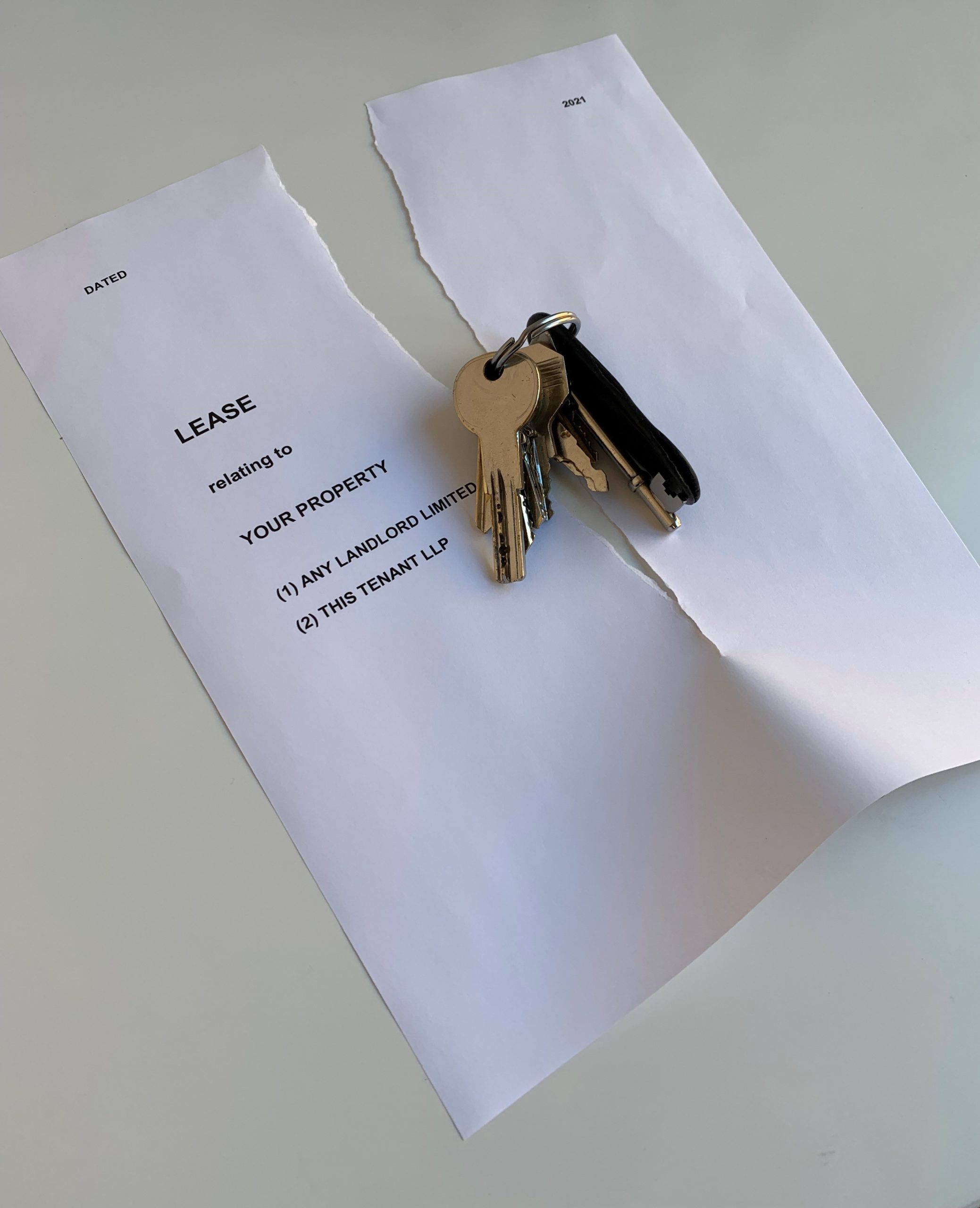Partner Richard Higgs takes a look at break clause drafting and exercise from a landlord’s point of view.
The topic of break clauses is a perennial source of uncertainty and litigation. From a landlord’s point of view, break clauses exercisable by tenants are a necessary evil, serving as an inducement to the tenant agreeing the other commercial terms of the lease. Many tenants want flexibility, and the inclusion of break clauses – and break penalties – is often market-driven. In this article, we briefly explore the topic of break clauses from a landlord’s perspective – their uses, drafting and exercise.
Uses of break clauses
Tenants will want break clauses to be included in leases to give them flexibility. They may exercise a break in response to a need to change their space requirements and/or reduce their costs. A “landlord break” clause may be inserted to enable the landlord to have the flexibility to be able to get the premises back for redevelopment, refurbishment or to be able to increase their income in a rising market. Either party may threaten to or actually use a break clause in order to force the other party to renegotiate the terms of the lease.
Drafting and negotiation of break clauses
The points to consider from a landlord’s point of view when negotiating a break clause will include the following:
- Should the break right be personal to the original tenant?
- Should the break clause be exercisable only by the tenant, the landlord or by either party?
- What is/are the break date(s) to be? Are they to be fixed or is it to be a rolling break, perhaps with a minimum term?
- What is the notice period to be? This should always be described as being “not less than” the prescribed period of, for example, 6 or 9 months (as is common), so that the break clause can be exercised without the party giving the notice having to give an exact period of notice, which can cause headaches.
- What are the break conditions to be? Common conditions imposed on tenants include the payment of the rent and other payments due under the lease, the requirement to give up the premises free of occupation (less commonly nowadays a reference to ‘vacant possession’), payment of a break penalty (often to claw back the landlord’s fit out costs or part of a rent free period that the calculated based on the full term) and (in very rare cases) material compliance with the tenant’s covenants in the lease.
- Tenants will usually ask that each break clause should contain a “repayment clause”, as the tenant will lose any payments that it has made in respect of a period after the break date if there is no provision for repayment after the break date.
Exercise of a break clause by the landlord
If the landlord is in the fortunate position of having a break clause, our advice is to diarise the date well in advance of when it may need to be exercised so that a decision can be taken in an unhurried manner. We would always advise you to instruct solicitors to serve the notice: the exercise of break clauses and compliance with the strict terms of the break provisions in the lease are strictly construed by the courts and it is easy for a layman to get the service of a break notice wrong. We will need you to give us enough time to be able to properly advise you on what needs to be done and the timing and to allow time for service, which can take several days.
In preparation, you are advised to read the break clause and the ‘notices’ clause in your lease with care to ensure that nothing is missed. As your solicitors serving a break notice on your behalf, we will need the following:
- A copy of the lease and any supplemental deeds or documents.
- A copy of your title and the tenant’s title to the lease (if applicable).
- The most recent contact details for the tenant/the current address on file for rent demands.
Receipt of break notice by a landlord
If you are in receipt of a break notice from your tenant, you may have good commercial reasons why you would want to challenge or not accept the validity of a break notice or take issue with the tenant’s fulfilment of the break conditions. This is particularly the case where the rent is high, the market is falling, the premises need refurbishment before they can be re-let or you as the landlord need to maintain your income stream to be able to continue to service a loan secured against the property. We therefore advise that you observe the following DOs and DON’Ts:
- DO copy the notice to us/your solicitors for advice.
- DON’T immediately receipt and return the notice (or at all).
- DO consider your options and take advice on whether the break notice is valid.
- DON’T feel under pressure to engage with a tenant who is breaking their lease.
- DO ensure that all break conditions are complied with in full by the tenant ahead of accepting the lease as being terminated.
- DON’T inadvertently waive break conditions (e.g., by acknowledging that a break notice that has not been validly served is nonetheless accepted as being valid).
- DO consider instructing a dilapidations surveyor to deal with the terminal liabilities in the period before or just after the termination of the lease, in order to strike whilst the iron is hot.
Conclusion
As a landlord, you are advised to take care and to seek professional advice where any issue around a break clause is concerned. For further details contact the author or any member of the Real Estate team.

